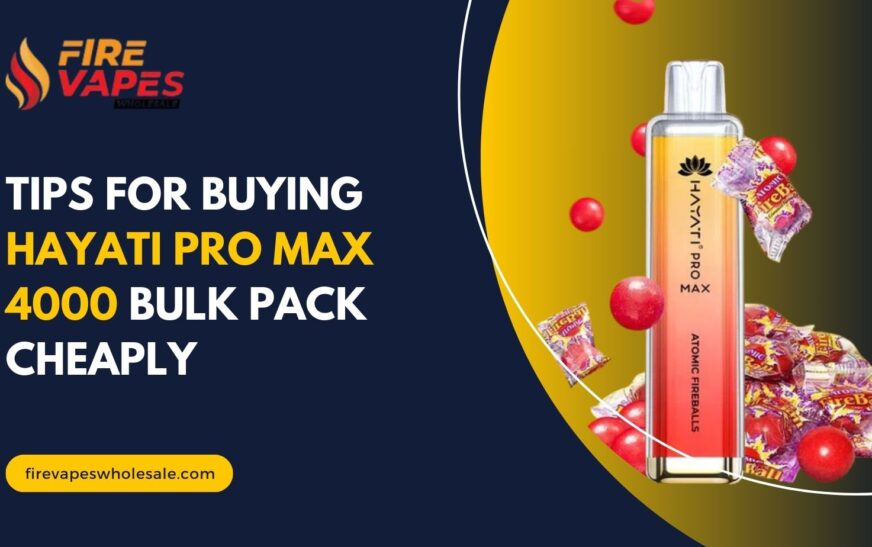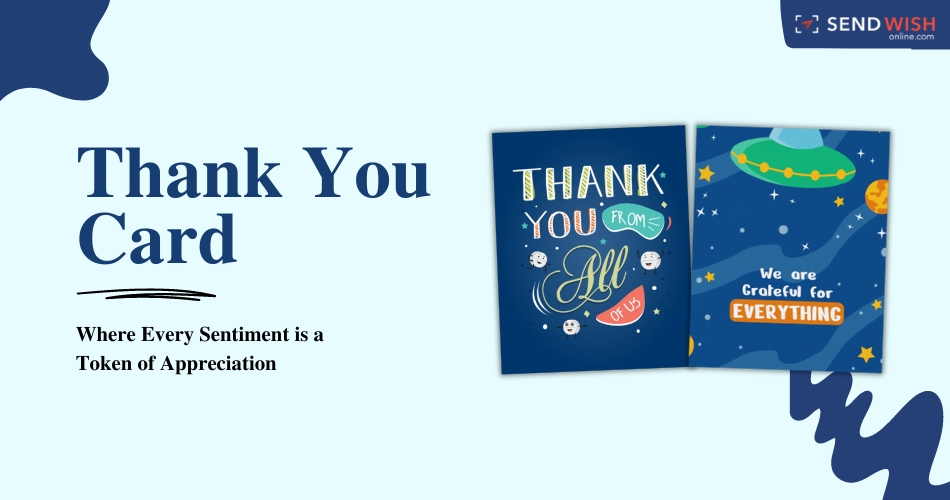Introduction
Choosing the right jewelry for your piercings can significantly impact both your comfort and the healing process. Among the various types of body jewelry, threaded vs threadless jewelry options are particularly popular. Both have unique characteristics and benefits, but which is better for your piercings? This article delves into the details of threaded vs. threadless jewelry, comparing their features, advantages, and potential drawbacks to help you make an informed decision.
Understanding Threaded Jewelry
Threaded jewelry features a screw-like mechanism where the decorative end (the ball or gem) screws into the post (the barbell or labret). There are two types of threaded jewelry: internally threaded and externally threaded.
Internally Threaded Jewelry:
- The post has internal threading, and the decorative end screws into it.
- Advantages:
- Less Trauma: Internally threaded jewelry is less likely to cause trauma to the piercing during insertion, making it ideal for fresh or healing piercings.
- Smooth Insertion: The smooth post slides easily through the piercing, reducing irritation.
- Disadvantages:
- Higher Cost: Internally threaded jewelry is often more expensive due to its design and manufacturing process.
Externally Threaded Jewelry:
- The post has external threading, and the decorative end screws onto it.
- Advantages:
- Affordable: Generally, externally threaded jewelry is more budget-friendly.
- Disadvantages:
- Potential Irritation: The threading on the post can cause irritation or even damage to the piercing during insertion, making it less suitable for fresh piercings.
Understanding Threadless Jewelry
Threadless jewelry operates on a tension-based system where the decorative end is inserted into a hollow post and held in place by friction. This type of jewelry is also known as push-pin or press-fit jewelry.
- Advantages:
- Ease of Use: Threadless jewelry is easy to insert and remove, making it convenient for both piercers and wearers.
- Comfort: The smooth design reduces irritation, making it comfortable for daily wear.
- Secure Fit: When properly inserted, threadless jewelry is very secure and less likely to come loose.
- Versatility: The design allows for a wide range of decorative ends, offering greater customization.
- Disadvantages:
- Learning Curve: Some people may find it tricky to insert threadless jewelry initially, but it becomes easier with practice.
- Potential Loosening: If not inserted correctly, threadless jewelry can loosen over time.
Comparing Threaded vs. Threadless Jewelry
When deciding between threaded and threadless jewelry, consider the following factors:
Healing Piercings:
- Threaded (Internally): Internally threaded jewelry is often recommended for healing piercings due to its smooth insertion and reduced risk of irritation.
- Threadless: Threadless jewelry is also a good choice for healing piercings as it minimizes trauma and irritation.
Ease of Use:
- Threaded: Internally threaded body jewelry requires careful screwing, which can be challenging, especially for new piercings.
- Threadless: Threadless jewelry is easier to insert and remove, making it more convenient for frequent changes.
Cost:
- Threaded: Internally threaded jewelry tends to be more expensive due to its intricate design.
- Threadless: Threadless jewelry can be slightly more affordable while still offering high quality.
Security:
- Threaded: Properly secured threaded jewelry is very reliable, but there is a risk of over-tightening or loosening over time.
- Threadless: When correctly inserted, threadless jewelry is highly secure and less likely to fall out.
Customization and Aesthetics:
- Threaded: Offers a wide variety of decorative ends, but the selection may be more limited compared to threadless options.
- Threadless: Known for its versatility, threadless jewelry provides an extensive range of customizable decorative ends.
Conclusion
Both threaded and threadless jewelry have their unique benefits and potential drawbacks. Internally threaded jewelry is excellent for minimizing irritation during the healing process, while threadless jewelry offers ease of use and customization. Externally threaded jewelry, though more affordable, is generally not recommended for fresh piercings due to the potential for irritation.
When choosing between threaded and threadless jewelry, consider your specific needs, the stage of your piercing, and your personal preferences. Consulting with a professional piercer can also provide valuable insights and help you select the best option for your piercings. Ultimately, the best choice is the one that ensures comfort, safety, and style for your individual piercing journey.
Feel free to submit more guest posts through Links Building Servcies - Best Prices. Buy Author Account / 1$ Guest Post Here
























